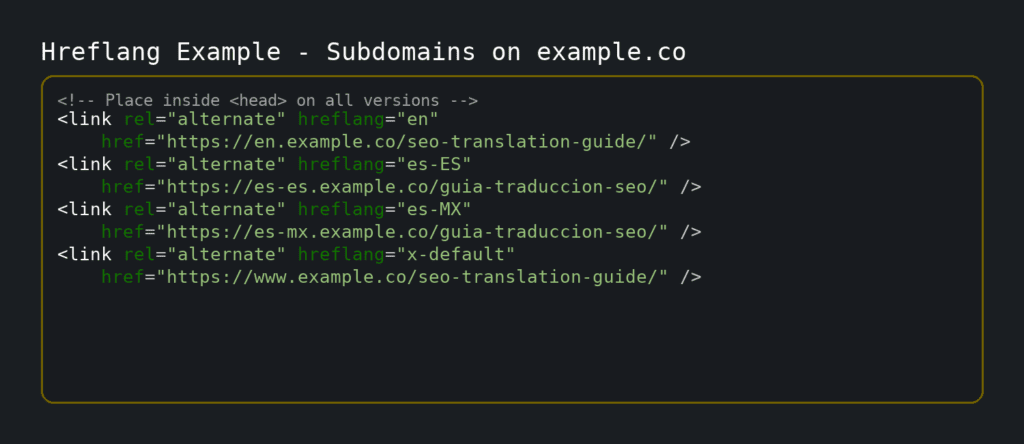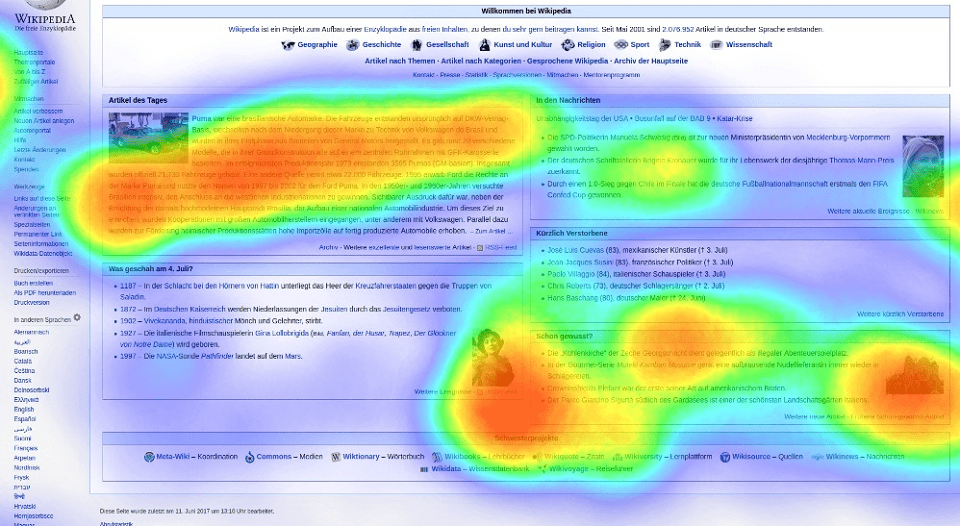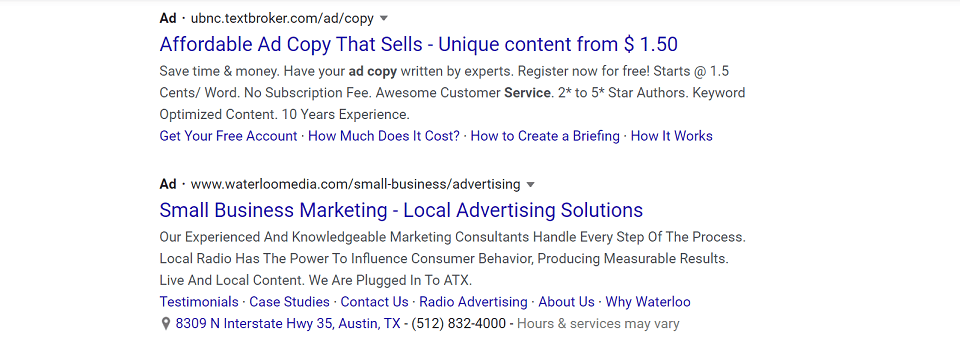Most brands start with one language and one audience.
Growth eventually means looking beyond that first market.
When you reach that point, you face a simple question: how do you attract people who search in a different language?
The answer is SEO translation. It connects your existing message with new audiences while keeping search performance strong.
It’s not enough to merely translate the words. You will also need to translate the way your content ranks.
What SEO Translation Means
SEO translation is the process of translating website content while optimizing it for search engines in the target language.
It ensures that every translated page can compete for visibility in that market.
You translate the copy, metadata, and URLs, but you will also have to adapt how keywords, intent, and structure appear.
The goal is to help both people and search / LLM engines understand what the page offers in the new language.
A proper SEO translation includes:
- Headlines, body text, and calls to action
- Meta titles and descriptions
- Image filenames and alt text
- URL slugs written in the target language
- Structured data and hreflang tags that point to each version
When all of these pieces align, search engines will treat your translated pages as unique, high-value content, as opposed to simple copies of the English version.
Translation vs Localization
Many marketers treat translation and localization as the same process. They are related but serve different goals.
SEO translation focuses on accuracy and search performance.
It’s focused on updating keywords and optimizing on-page elements so that the page can rank in a specific target language.
Localization goes further. It tailors examples, tone, imagery, and even product details to reflect local culture and behavior.
Localization improves how people connect with the content once they land on it.
A strong international strategy needs both:
- Translation helps users find you
- Localization helps them trust you enough to convert
Why SEO Translation Matters
English still dominates the web, but its share has fallen sharply.
Twenty years ago, most webpages were written in English.
Today, more than half of all published web content uses another language.
That shift created massive opportunity for businesses ready to communicate globally.
By translating and optimizing your website, you’ll be able to illustrate measurable benefits:
- Reach audiences who prefer or require another language
- Rank higher in local search engines and regional Google indexes
- Increase engagement and conversions by speaking naturally
- Build trust through phrasing and references that feel authentic
The more accessible and relevant your content feels, the stronger your brand presence will become in each region.
When to Translate
Only translate if you can do it right. You stand to hurt yourself by cutting corners, which would be counterproductive.
Each new language multiplies your maintenance workload.
You will need to manage new content updates, links, and analytics for every version.
The best time to translate is during a website redesign or relaunch.
Update the English content first. This will ensure that everything you translate reflects your latest positioning and messaging.
If resources are tight, start small.
Translate the key pages that describe your business, services, and conversions.
Add long-form content once the structure and process are stable.
Research Before You Translate
Keyword research drives successful SEO translation.
Direct translation of English keywords rarely works, because search behavior differs by country and by region.
A simple example illustrates this. In English, people might search for “running shoes.”
In Spain, the popular phrase is “zapatillas para correr.”
In Mexico, many search for “tenis para correr.”
Both are Spanish, but the right choice depends on the market.
Run fresh keyword research in the target language to identify local search volume and intent.
Confirm synonyms, colloquial phrases, and competitor terms.
Use tools like Google Keyword Planner, Ahrefs, or Semrush, but always verify results with native speakers.
If at all possible, work with a translator who understands SEO. This is your best path to making this work for you.
The ideal partner speaks the language fluently and knows how to balance readability with keyword alignment.
AI translation can help with speed, but a real person should always review for nuance and natural tone.
Adaption of Key SEO Elements
Each translated page should carry the same optimization signals as the source version.
This includes:
- Meta titles and descriptions that fit character limits and local query patterns
- Headings rewritten to include target keywords naturally
- URL slugs in the correct language with simple structure
- Image filenames and alt text translated for accessibility and relevance
- Internal links pointing to the correct language variants
- Structured data that mirrors the English schema and identifies each translation
I highly recommend that you document these conventions in a shared glossary. That way, translators and editors can maintain consistency across languages.
Pick the Right Website Architecture: ccTLD, Subdomain, Subfolder, or Parameter?
Your website structure determines how search engines and users will be able to reach your translated content in each language (and maybe country, if you have versions for both).
Four main options exist:
- Country-coded top-level domains (ccTLDs), such as example.de for Germany
- Subdomains, such as de.example.com
- Subfolders, such as example.com/de
- URL parameters, such as example.com?lang=de
Subfolders work great for most teams, because they are simple to manage and share link authority with the TLD (Top-Level Domain).
ccTLDs work best when you want a strong country identity and local hosting.
Subdomains can function well but often dilute authority between versions.
And links between subdomains on a TLD do not pass “link juice” to each other (thanks to schemers who gamed the system over a decade ago, causing Google to discount links between subdomains).
I recommend you simply avoid parameters altogether, because search engines prefer distinct URLs.
And if you think you can use cookies to automatically serve up translated content, think again.
They can’t solve language targeting for a variety of reasons, including the volume of users and browsers that simply block cookies altogether.
Every language needs its own crawlable URL so Google and other engines can index it correctly. And I suggest you do this on a subfolder for maximum SEO upside.
Hreflang and Canonical Tags
Use hreflang to show the connection between each language version.
It signals which pages serve which regions and prevents duplicate-content issues.
Every translated page should include a self-referencing canonical tag.
If the same content targets multiple markets, each version should list all related hreflang references, including its own.
Here’s how properly formatted HFREFLANG code should look, for a company who chooses subdomains over subfolders:

Don’t underestimate the value of testing and validation.
Tools like Screaming Frog and Sitebulb can confirm whether your hreflang setup works before launch.
CMS and Operational Readiness
In order to run a multilingual website, you’ll need a content management system that can handle it.
The CMS (or a plugin that upgrades functionality) should let you duplicate templates, maintain shared design modules, and link translations directly to their source pages.
Key features to look for:
- Support for translation memory or glossaries
- Role-based workflows for translators, SEO editors, and publishers
- Locale-specific menus, metadata, and navigation labels
- Central updates that propagate across versions without re-coding
- Easy integration with hreflang management tools
Hosting location does not affect ranking relevance, so focus on speed and uptime rather than geographic placement.
How to Execute the Translation Process
Follow a repeatable process so quality remains consistent as you scale:
- Identify high-value markets with demand and operational capacity
- Create a keyword map in each target language
- Translate copy with SEO intent and tone preserved
- Optimize titles, headings, and alt text during translation
- Localize calls to action, currency, and references
- Implement hreflang and verify internal links
- Test usability and have a team member review translation accuracy before launch
- Monitor analytics, rankings, and feedback after go-live
Each rollout can teach you something new about your audience and workflow.
Apply that insight to future markets.
How to Prioritize What to Translate First
Start with the pages that define your offer and influence conversion:
- Homepage
- Service or product pages
- Pricing and contact pages
- High-traffic blog posts that already attract links
This focused approach generates early data and revenue while keeping the workload manageable.
Once you see performance lift, then you can turn your attention to translating secondary content and resources.
How to Measure Results and Improve Over Time
Translation is not a one-time project.
Measure results for each market and refine your strategy.
Key Performance Indicators (KPIs) to track include:
- Impressions and clicks for non-brand terms
- Local keyword rankings
- Engagement metrics such as bounce rate and time on page
- Conversion rates by language
- Crawl errors and hreflang validation reports
- Backlinks from local domains
When user behavior or search trends change, you’ll know that it’s time to refresh your translated content.
Small updates to meta titles, internal links, or examples can often deliver very rapid gains.
Common Mistakes to Avoid
The upside is undeniable, but be sure you don’t fall into some key gaffs along the way.
For example:
- Translating keywords literally without local validation
- Mixing multiple languages on the same page
- Using cookies instead of unique URLs
- Publishing without hreflang or canonical consistency
- Letting translated versions fall behind source updates
- Skipping a native SEO editor review
By avoiding these pitfalls, you can keep your international rollout clean, stable, and scalable.
Final Thoughts
SEO translation opens doors that pure language translation cannot.
It merges linguistic accuracy with technical precision so your content can perform well globally.
Each new market can expand your reach and build lasting credibility with audiences who might never have found you otherwise.
Approach it with the same discipline you apply to your English SEO.
Research the market, design the architecture, and treat every translated page as a high-value asset.
When done properly, SEO translation will help your brand rank in any language and connect everywhere you want to grow.
We have worked with International SEO clients for years. If you need help with optimizing, tagging (including hands-on with HREFLANG), or relaunching a website, contact us today for a no obligation quote.
Updated December 9, 2025
Frequently Asked Questions about SEO Translation
Tommy Landry
Latest posts by Tommy Landry (see all)
- Local SEO Meets AEO and GEO: How AI Platforms Read Local Authority Signals - December 9, 2025
- What Is an SEO Proposal and What Should It Include? - December 2, 2025
- The Complete Guide to Dental SEO: How Dentists Can Attract More Local Patients Online - November 25, 2025





